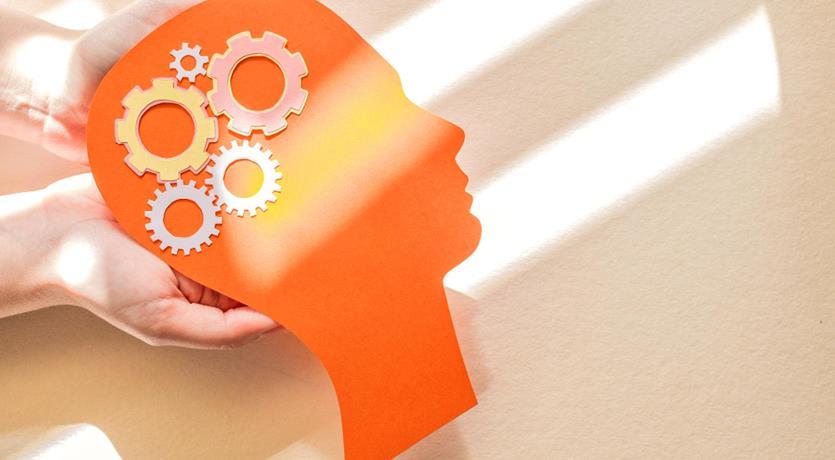
1 minute read
Q & A Pain, Reward And The Buyer’s Brain
Imagine if every time a prospect considered your product, they were given an electrical shock. Do you think they would purchase it?
Not unless they enjoy pain.
Advertisement
Brian Knutson and his team at Stanford University did an experiment that blows my mind and has me rethinking how I present products to prospects.
Here’s what happened:
Study participants were placed in an MRI scanner, which captures brain images by measuring blood flow intensity in various regions.
Each individual was then presented with three elements: A product, a price, and a button allowing them to indicate their decision to purchase by saying "yes" or "no."
When an appealing product appeared on the screen, participants' brains exhibited heightened activity. Specifically, their brain's reward centers were activated, leading to the release of dopamine a chemical associated with desire that motivates action.
So far, everything was going the way you would think it would, but then something strange happened.
When the price of the product was disclosed, the brain regions responsible for mathematical processing, decisionmaking, and emotional responses did not exhibit heightened activity.
Instead, a specific area of the brain became highly active: The pain centers.
These brain regions are associated with both physical and psychological pain. In this case, the pain arises from the need to part with something valuable hard-earned money. The brain's response to relinquishing financial resources is similar to its reaction when asked to share other resources, such as food.
Guess what?
Knutson's team has made a groundbreaking discovery known as the purchase formula. It reveals that…
According to the formula, the probability of making a purchase can be calculated as follows:
Likelihood of making a purchase = (amount of activation in the reward center) – (amount of activation in the pain center)
This discovery is a game-changer for marketers like us. In the past, we focused on advertising low prices because that’s what we thought customers wanted.

But here’s the key: People actually dislike thinking about prices because it can be genuinely distressing. Regardless of how incredible the discounts are, we cannot entirely eliminate that discomfort.
Nevertheless, what we can influence is the level of activation in the reward center. The more positively people feel about our products or services, the less the impact of pricing pain will affect their decision to buy.









